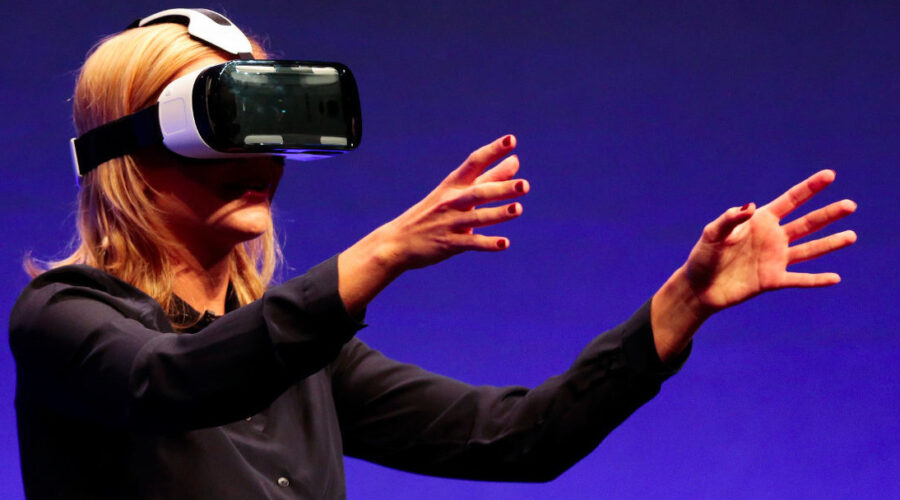Rumors have been swirling about Nvidia’s planned entry into virtual reality for months, but the existence of the project is still the only detail known to the general public. Or at least it was right up until about a week ago, when the patent filing for the system reached its mandatory disclosure date. Meet the next contender to the Oculus Rift:
For a model that appears much smaller than existing alternatives, Nvidia’s headset packs quite the punch. The illustration shows that the system will come equipped with no fewer than three separate sets of cameras, including two at the front and one on each side to help map out the three-dimensional area surrounding the wearer for content projection.
But it’s the bottom pair that’s worth paying special attention to. That set is there to track gestures with “sub-millimeter movement resolution,” according to the filing, which means that games built for the headset will be able to reward finesse to a much higher degree than currently possible.
Moreover, that visibility also extends to accessories, which kills two birds with one stones. Not only will you be able to avoid paying extra for peripherals with built-in motion detection, but also potentially use custom items. Of course, all of that could take a lot of computational power to support, which is why the filing specifies that the system will come with a “high-end processor”:
Also note the wireless adapter right above. That inclusion will enable the headset to stream games from your computer as well as Nvidia’s cloud-based GRID service. It will naturally work the other way around too and make it possible to project a wearer’s perspective onto an external display, a feature that should come particularly handy in e-sport tournaments.
